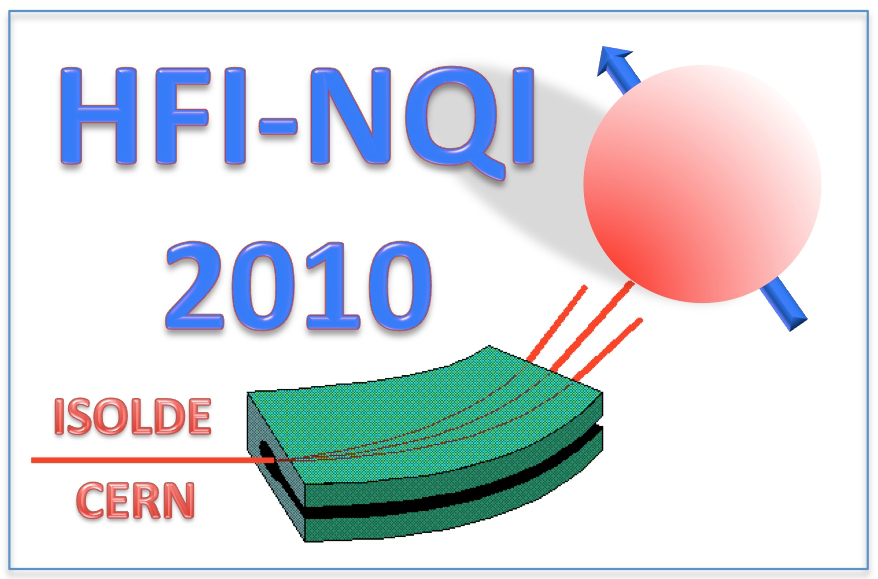Speaker
Heinz Haas
(Instituto Tecnologico et Nuclear ITN)
Description
The nuclear quadrupole interaction in the molecular crystals of chlorine, bromine and iodine has been studied very early after the introduction of the NQR method. One should thus believe that precise experimental results are available. It will be argued here that for Cl2 and Br2 this is not the case at all. Obviously several attempts on interpreting the existing data have been made. Actually already in the first theoretical analysis [1] doubts on the results for solid Br have been raised, but afterwards ignored. In a pioneering work really free from parameters the EFG for solid Cl2, Br2 and I2 was calculated with the density functional method FLAPW [2]. The comparison of the calculated asymmetry parameters with experiment was inconclusive, however. The intermolecular interaction that creates also will have an influence on the interaction frequency when compared to the free molecule value0. Since precise experimental data for this shift /0 are available, here an attempt is described to treat both effects on the same footing. The same method previously used to determine the halogen nuclear quadrupole moments [3] was therefore applied to the free halogen molecules and the solids. It is obvious that the FLAPW calculations overestimate the frequency shift by a factor of about 2 in all three cases. It is thus extremely likely that the same holds also for . Under the assumption that the degree of overestimation for /0 and is the same, “corrected” values for may be obtained. This results in a perfect agreement with the precisely known value for I2. It could be demonstrated with FLAPW calculations of expanded unit cells that the effects of the intermolecular interaction on /0 and are correlated. From these calculations also for the first time a realistic theoretical result for the sublimation enthalpies is obtained. It may be hoped that the interpretation presented here will act as a stimulus for new experiments and theoretical treatments that can describe the intermolecular interaction better than FLAPW. The results are summarized in Table 1:
| Please specify whether you would prefer an oral or poster contribution. | Oral or poster |
|---|
Author
Heinz Haas
(Instituto Tecnologico et Nuclear ITN)
